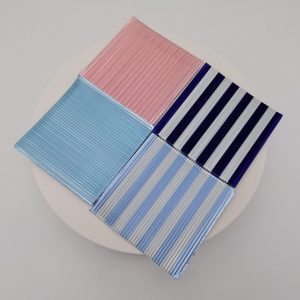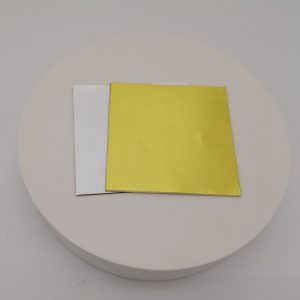The printing methods used in packaging paper printing include all major printing methods, and offset printing, gravure printing, flexo printing, etc. are widely used. Moreover, the supporting post-processing forms are diverse, making the printing process of paper packaging products very flexible and changeable.
The decoration design of the paper packaging is an important means for convenient use, conveying product information, and promoting sales. The decoration design of the paper packaging is very important. When decorating design, we must first consider the requirements of product packaging and choose a suitable style; secondly, we must consider the correct and appropriate use of patterns, text and colors, follow the principles of “scientific, beautiful, applicable, economical, and promotional”, and strive to design beautiful and possess The sense of time, decoration and ethnicity; in addition, it is also necessary to consider the influencing factors in the production, use and transportation of the product, and choose suitable printing and processing.
Dustiness refers to the presence of black and non-black spots on the surface of the paper that are different from the paper color. In offset printing, the restrictions on dust are mainly determined according to the requirements of the printed matter. For example, when printing portraits and maps, large dust and black dust spots are not allowed.
water content (degrees). Moisture content refers to the moisture content of a certain weight of paper that is in equilibrium with the relative humidity of the environment at room temperature. It is also called moisture content, or moisture for short. Generally, the water content of offset printing paper is between 6% and 8%. If the water content of the paper is too high, the tensile strength and surface strength are reduced, the plasticity is increased, and the ink film curing at the printing speed is delayed, which will result in tight edges, ruffles, curls or unevenness, and wrinkles and folds during printing.




















